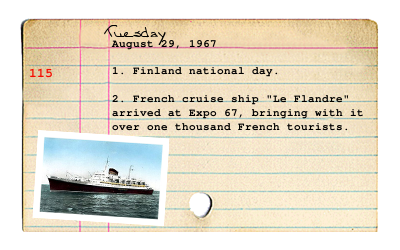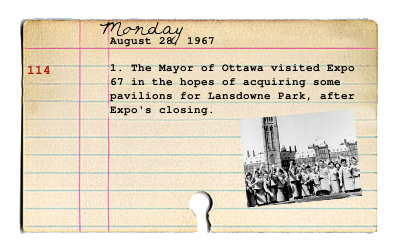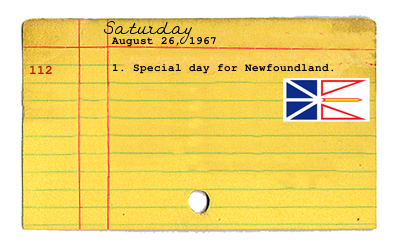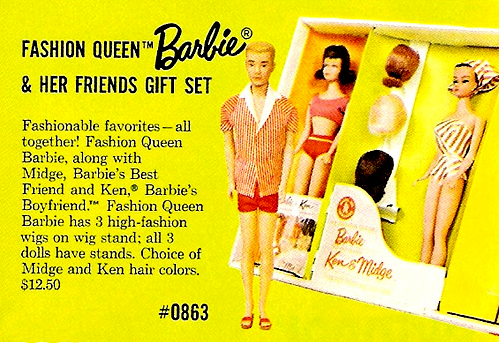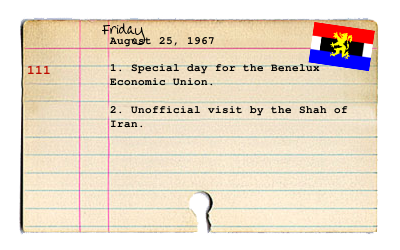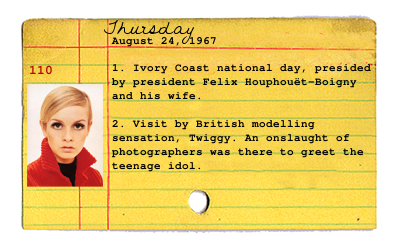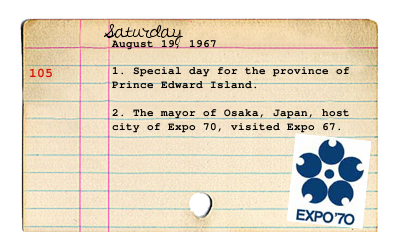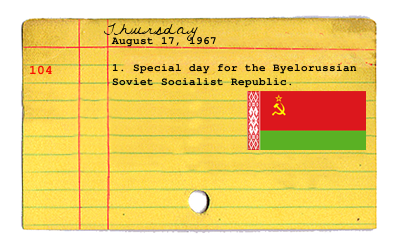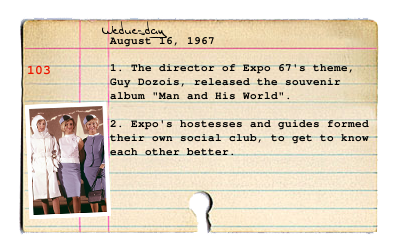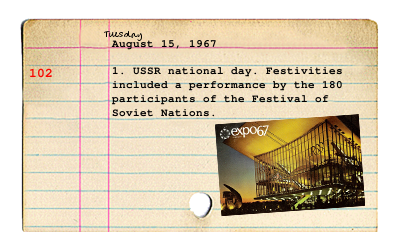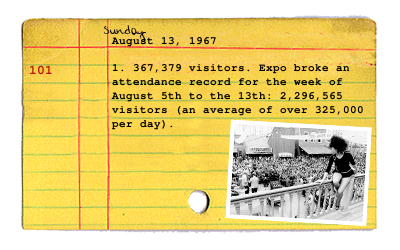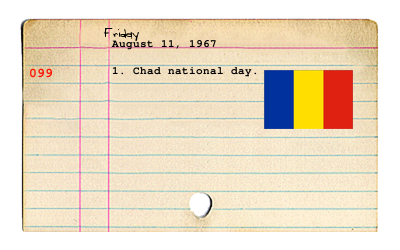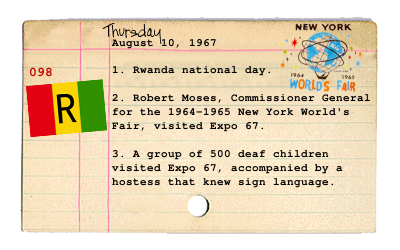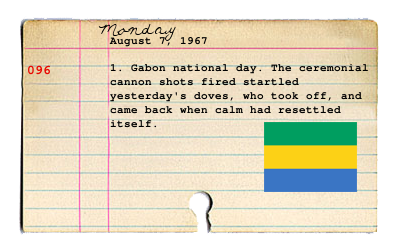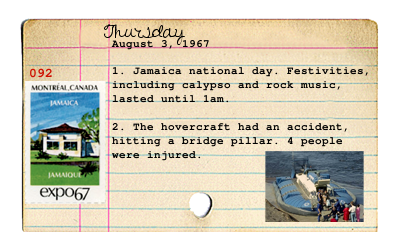
Friday, August 31, 2007
Thursday, August 30, 2007
Wednesday, August 29, 2007
Tuesday, August 28, 2007
Barbara Asgary
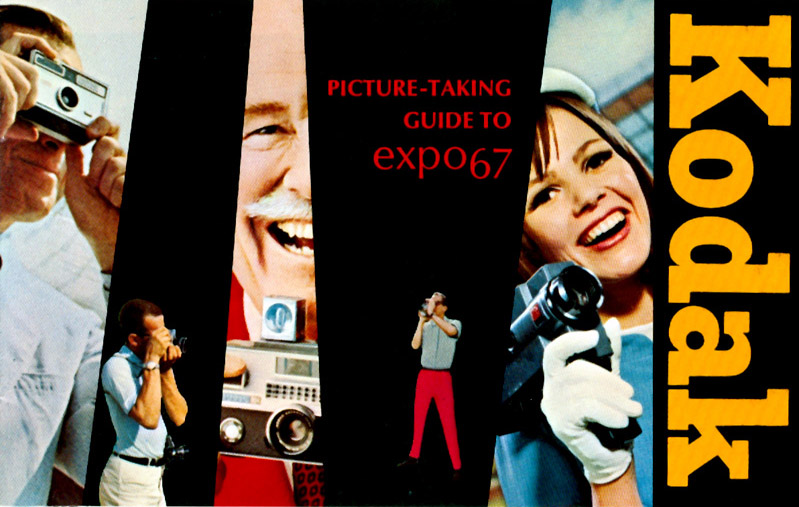 This was the picture-taking pamphlet given out at the Kodak pavilion.
This was the picture-taking pamphlet given out at the Kodak pavilion.I was contacted by Barbara Asgary (née Dressler) after the article about me appeared in the Montreal Gazette. One weekday evening earlier this summer, I made my way to her lovely home in Westmount. She still had some old Expo items, and she wanted me to have them.
Young Barbara Dressler was a hostess at the Kodak pavilion. Like many people I've met, she was really interested to know why I love Expo 67 so much. We chatted for a couple of hours about her memories of Expo.
She recalled her orange uniform, with ubiquitous pillbox hat. [I immediately asked her if she still had it. She said that although she had kept it for many years, she did get rid of it about 20 years ago.] She told me that some guides and hostesses from her pavilion married each other after Expo. She also explained that her old colleagues still organize reunions, all these years later [the last one was about 5 years ago].
I would have been content just chatting with Barb, but the cherry on the sundae was the box of Expo artifacts she so generously gave to me. I've been collecting Expo items for 10 years now, and I can attest that these were no run-of-the-mill Expo souvenirs, but ultra-rare mementos that only an Expo 67 employee would have...
Thank you, Barbara!
Nowadays, Barbara is an established artist. Click here to visit her website.
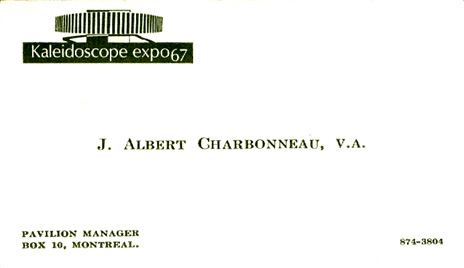 The Kaleidsocope pavilion manager had his own business card.
The Kaleidsocope pavilion manager had his own business card.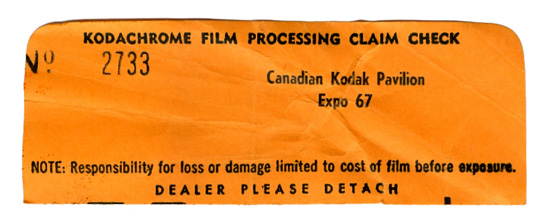 It was possible to have photos developped at the Kodak pavilion.
It was possible to have photos developped at the Kodak pavilion. Expo's hosts and hostesses had their own newsletter: the Host-Post.
Expo's hosts and hostesses had their own newsletter: the Host-Post.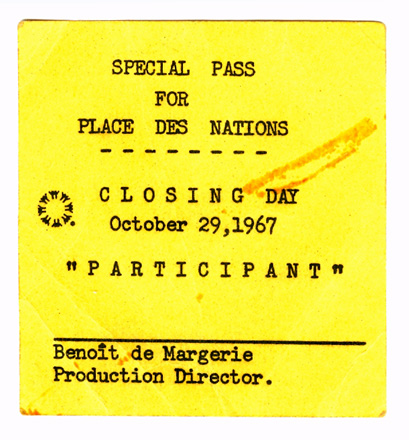 A special pass for Expo's closing ceremonies.
A special pass for Expo's closing ceremonies.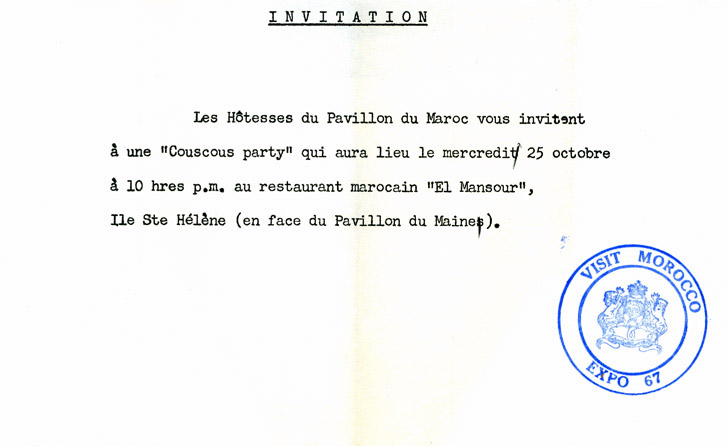 Invitation to a Couscous party, hosted by the Moroccan pavilion.
Invitation to a Couscous party, hosted by the Moroccan pavilion. Special passes for Expo's inauguration (left) and an official reception (right).
Special passes for Expo's inauguration (left) and an official reception (right).images: author's own, from the Barbara Asgary Collection
Monday, August 27, 2007
Sunday, August 26, 2007
Saturday, August 25, 2007
Fashion Queen Barbie, 1963
In the late 1950's, the designers of the orignal Barbie doll had not anticipated the importance of hair play in the toy's conception. As a result, early Barbies had a stiff, fixed ponytail hairdo, which discouraged children from playing with or restyling the doll's hair.
Within a few years of Barbie's introduction, hairstyling would take on an important role in high fashion and popular culture (think Jackie-O). Competing hair play themed dolls in the early 1960s also pointed to Mattel's mistake. Always innovative, Mattel would strike back in late 1963 with the ultimate Barbie doll: Fashion Queen Barbie.
Glamorous, luxurious and expensive, Fashion Queen Barbie's distinctive feature was her molded hair that enabled her to wear wigs. Dressed in an eye catching gold and white striped swimsuit and matching turban, the doll was accompanied by 3 stylish wigs: a platinum bouffant, a brunette pageboy, and an auburn flip.
Fashion Queen Barbie was packaged in a large, open front display box, a style normally reserved for gift sets. Her release coincided with an intensive advertising campaign, meaning that despite her $6.00 selling price (twice that of a normal Barbie), she quickly became a must have with children. Two gift sets were also produced, featuring the Fashion Queen doll, accompanied by her best friend Midge, and boyfriend Ken.
Within a few years of Barbie's introduction, hairstyling would take on an important role in high fashion and popular culture (think Jackie-O). Competing hair play themed dolls in the early 1960s also pointed to Mattel's mistake. Always innovative, Mattel would strike back in late 1963 with the ultimate Barbie doll: Fashion Queen Barbie.
Glamorous, luxurious and expensive, Fashion Queen Barbie's distinctive feature was her molded hair that enabled her to wear wigs. Dressed in an eye catching gold and white striped swimsuit and matching turban, the doll was accompanied by 3 stylish wigs: a platinum bouffant, a brunette pageboy, and an auburn flip.
Fashion Queen Barbie was packaged in a large, open front display box, a style normally reserved for gift sets. Her release coincided with an intensive advertising campaign, meaning that despite her $6.00 selling price (twice that of a normal Barbie), she quickly became a must have with children. Two gift sets were also produced, featuring the Fashion Queen doll, accompanied by her best friend Midge, and boyfriend Ken.
Friday, August 24, 2007
Thursday, August 23, 2007
Wednesday, August 22, 2007
Tuesday, August 21, 2007
Monday, August 20, 2007
Sunday, August 19, 2007
The Sermons from Science Pavilion
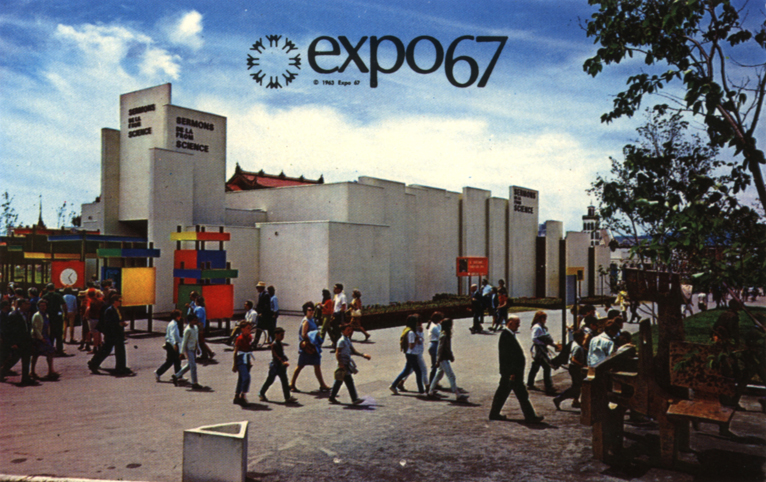 Located on Île Notre-Dame, the elegant Sermons from Science pavilion at Expo 67 was built by several Canadian businessmen. The pavilion sought to illustrate "the role of man and science throughout the divine creation", approaching seldom-treated subjects with unusual techniques. Inside was a 300 seat projection room and a 65 seat lecture hall, both comfortably air-conditioned.
Located on Île Notre-Dame, the elegant Sermons from Science pavilion at Expo 67 was built by several Canadian businessmen. The pavilion sought to illustrate "the role of man and science throughout the divine creation", approaching seldom-treated subjects with unusual techniques. Inside was a 300 seat projection room and a 65 seat lecture hall, both comfortably air-conditioned.Thirteen films were being shown in the projection room, several of which had won prizes for their subject matter or technical originality. These films showed not only the most exciting discoveries of modern science, but also a philosophy of science in religion. Demonstrating the existence of providence and purpose in nature, the moral and spiritual lessons were presented discreetly, without denominational labels.
One hundred different scientific "sermons" were presided over by Dr. George E. Speake of the Moody Scientific Institute. Among the demonstrations, visitors could see a man turn into an electric fire-lighter, by passing a current of a million volts through his body to kindle a torch held in his hand. The purpose was not only to astound people with striking scientific magic tricks, but to highlight the bonds between Man and his Creator, revealed by science.
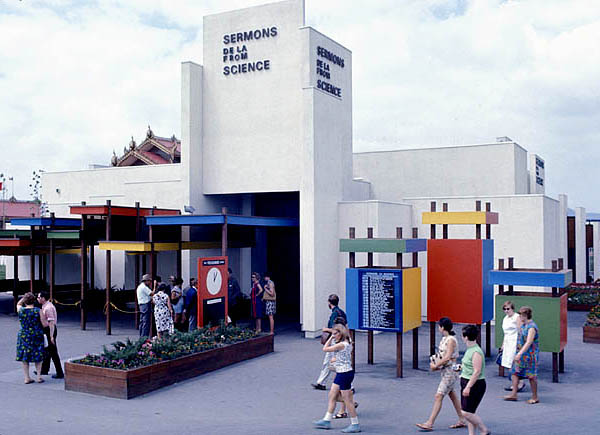 images: (top) personal collection (bottom) expo67.ncf.ca
images: (top) personal collection (bottom) expo67.ncf.ca
Friday, August 17, 2007
Thursday, August 16, 2007
Wednesday, August 15, 2007
Monday, August 13, 2007
Expo 67 Billboards
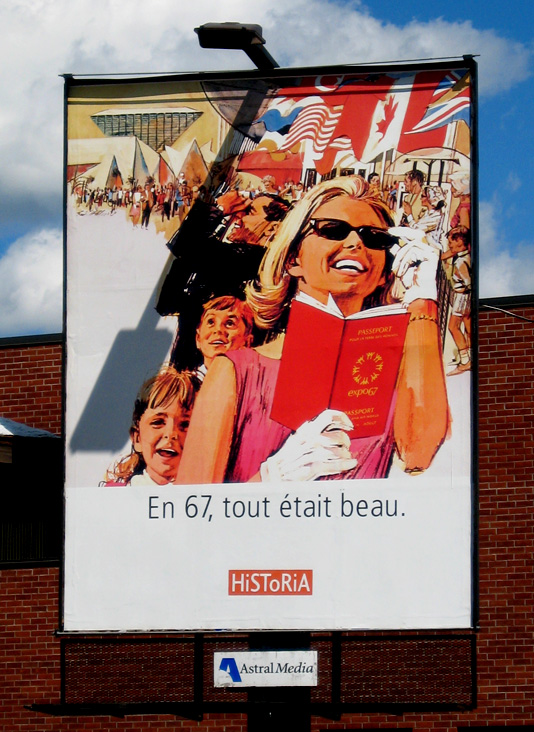 The first time I saw one of these roadside billboards, put out by french specialty channel Historia, my eyes nearly popped out of my head!
The first time I saw one of these roadside billboards, put out by french specialty channel Historia, my eyes nearly popped out of my head!Expo's anniversary is currently being honored with a series of billboards in the Montreal area. These striking ads feature classic Expo 67 graphics that capture the spirit of the event and its era.
How I would love to wallpaper my place with one of these!

 images: author's own
images: author's own
Sunday, August 12, 2007
Telephone Pavilion Video
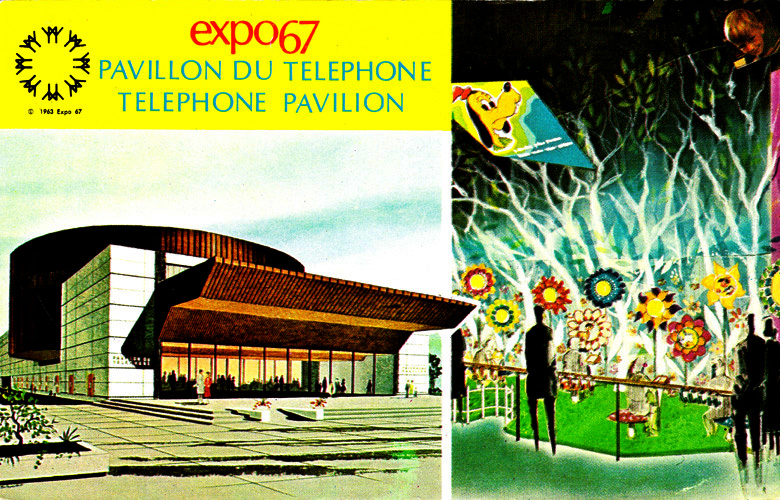 This Telephone pavilion video comes from the CBC/Radio-Canada archives. About 2 minutes into it, two ultra-happy hostesses give a bilingual demonstration of exciting future phone technology, including phone banking, call waiting and a popular Expo attraction: the videophone.
This Telephone pavilion video comes from the CBC/Radio-Canada archives. About 2 minutes into it, two ultra-happy hostesses give a bilingual demonstration of exciting future phone technology, including phone banking, call waiting and a popular Expo attraction: the videophone.Saturday, August 11, 2007
Friday, August 10, 2007
Thursday, August 9, 2007
Diana Ross & The Supremes Remixes
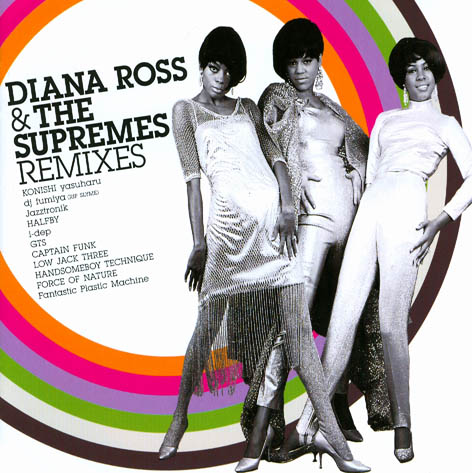
I have to be honest: I'm not usually a fan of remixing the classics. The problem is that the essence and soul of the originals are usually lost.
When I stumbled upon this Japanese compilation on amazon.com, I was immediately impressed by the lineup of remixers: Fantastic Plastic Machine, and Yasuharu Konishi of Pizzicato Five, to name a few.
And the result? Outstanding. Really.
Captain Funk's version of Theme From Mahogany (Do You Know Where Your Going To?) is done as a faux live 80's Punk/New Wave performance. (Sounds weird, but it totally works.) Force of Nature's rendition of I'm Coming Out deepens the beat, while retaining the song's signature melody. Yasuharu Konishi's You Can't Hurry Love is an infectious (electronic) go-go romp! The Boss, a song which has been remixed many times over the years, sounds fresh and contemporary when remixed by GTS.
And like the album itself, the cover art of Diana Ross & the Supremes Remixes tastefully pays tribute to one of music history's greatest groups.
When I stumbled upon this Japanese compilation on amazon.com, I was immediately impressed by the lineup of remixers: Fantastic Plastic Machine, and Yasuharu Konishi of Pizzicato Five, to name a few.
And the result? Outstanding. Really.
Captain Funk's version of Theme From Mahogany (Do You Know Where Your Going To?) is done as a faux live 80's Punk/New Wave performance. (Sounds weird, but it totally works.) Force of Nature's rendition of I'm Coming Out deepens the beat, while retaining the song's signature melody. Yasuharu Konishi's You Can't Hurry Love is an infectious (electronic) go-go romp! The Boss, a song which has been remixed many times over the years, sounds fresh and contemporary when remixed by GTS.
And like the album itself, the cover art of Diana Ross & the Supremes Remixes tastefully pays tribute to one of music history's greatest groups.
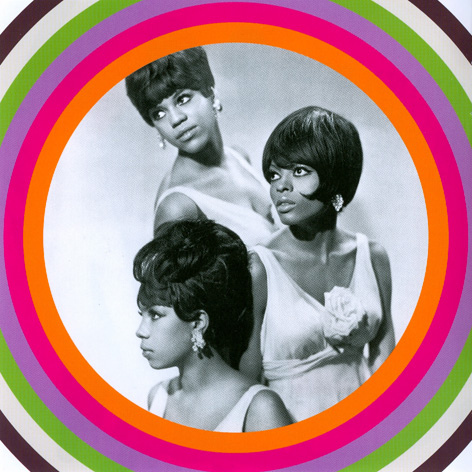 images: Diana Ross & the Supremes Remixes cover art
images: Diana Ross & the Supremes Remixes cover artWednesday, August 8, 2007
Tuesday, August 7, 2007
Monday, August 6, 2007
Sunday, August 5, 2007
Michèle Richard: "J'écoutais la mer"
Michèle Richard gives a very groovy performance of her 1967 hit... Love it!
Saturday, August 4, 2007
Friday, August 3, 2007
Thursday, August 2, 2007
Marmalade Clothing
 I came across this while reading one of my fave blogs: The World of Kane.
I came across this while reading one of my fave blogs: The World of Kane.Marmalade Clothing is an independent fashion label owned and operated by Toronto-based designer Magdalena Sokolowska. Originally a boutique in hip Kensington Market of Toronto, Marmalade closed its retail location in order to concentrate solely on wholesale and online orders.
The unabashed mod/retro reference totally appeals to me! I love the bold, geometric shapes, as well as the oh-so-60's color combinations!
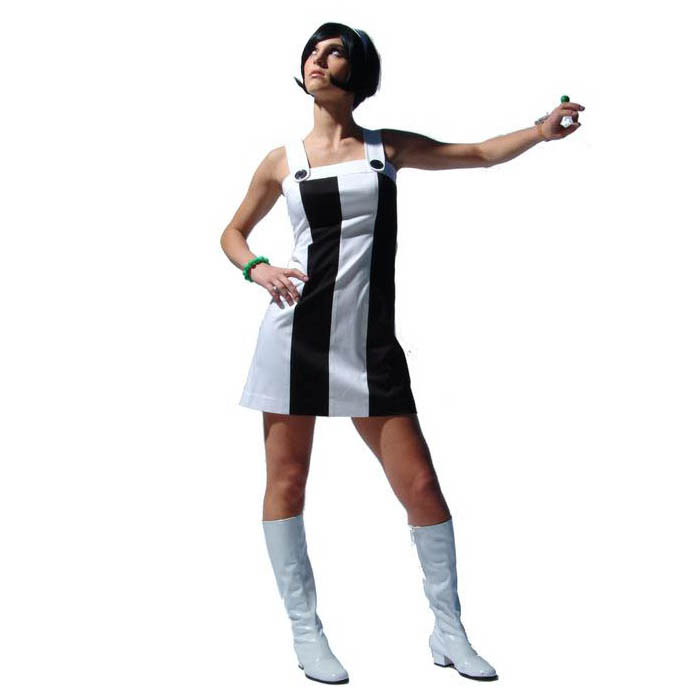



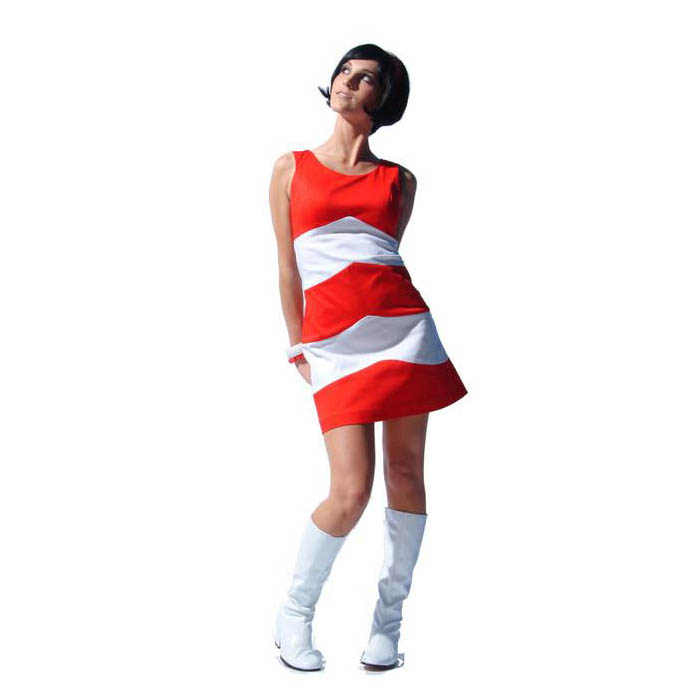

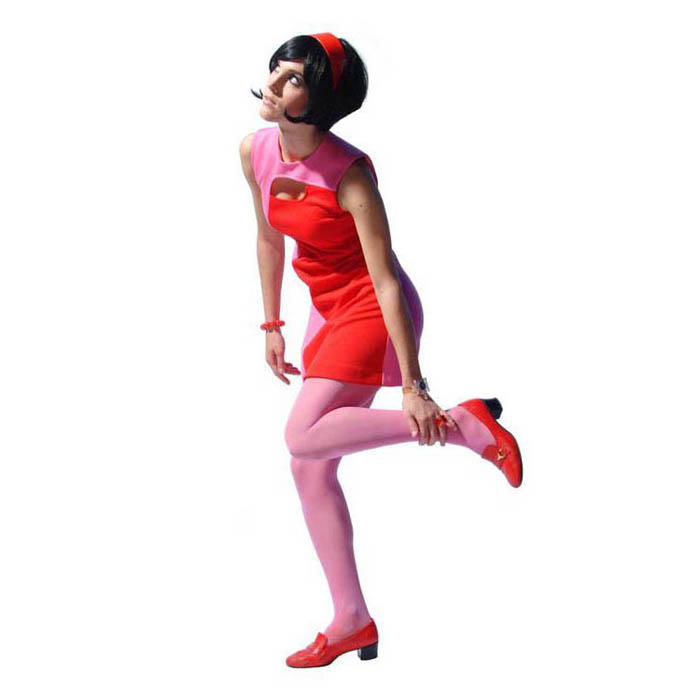 images: www.myspace.com/marmaladeclothing
images: www.myspace.com/marmaladeclothing
Subscribe to:
Posts (Atom)

